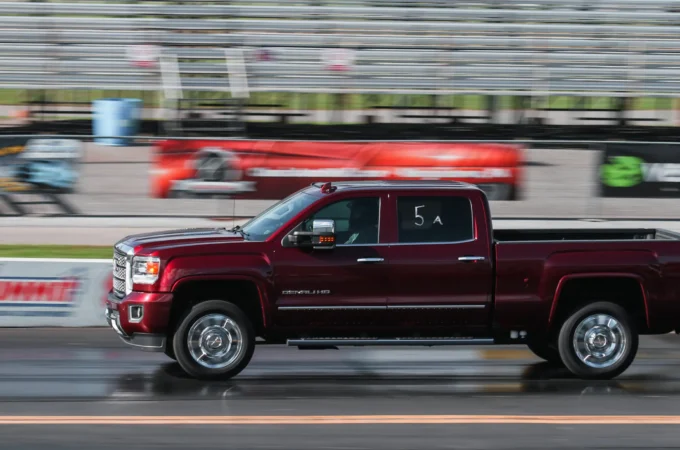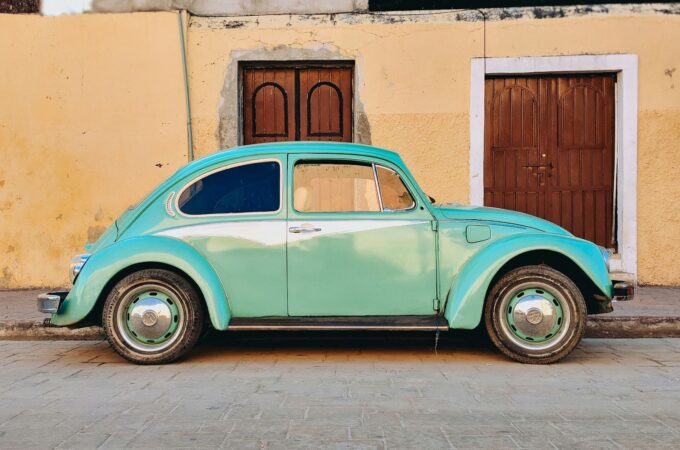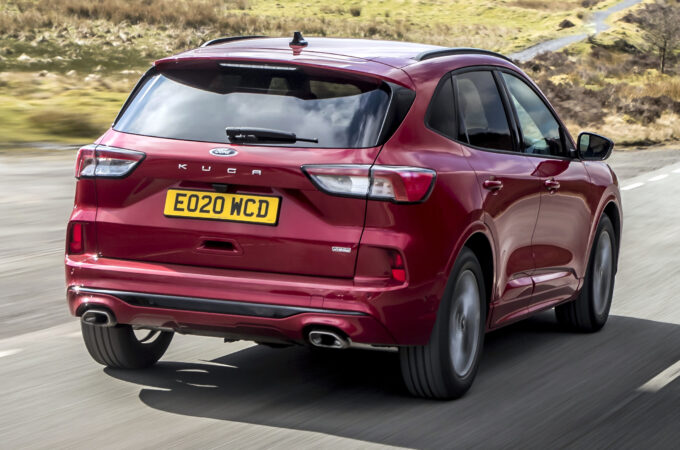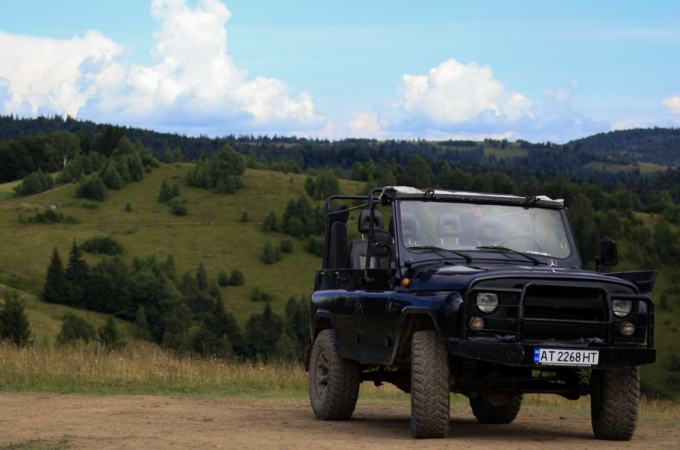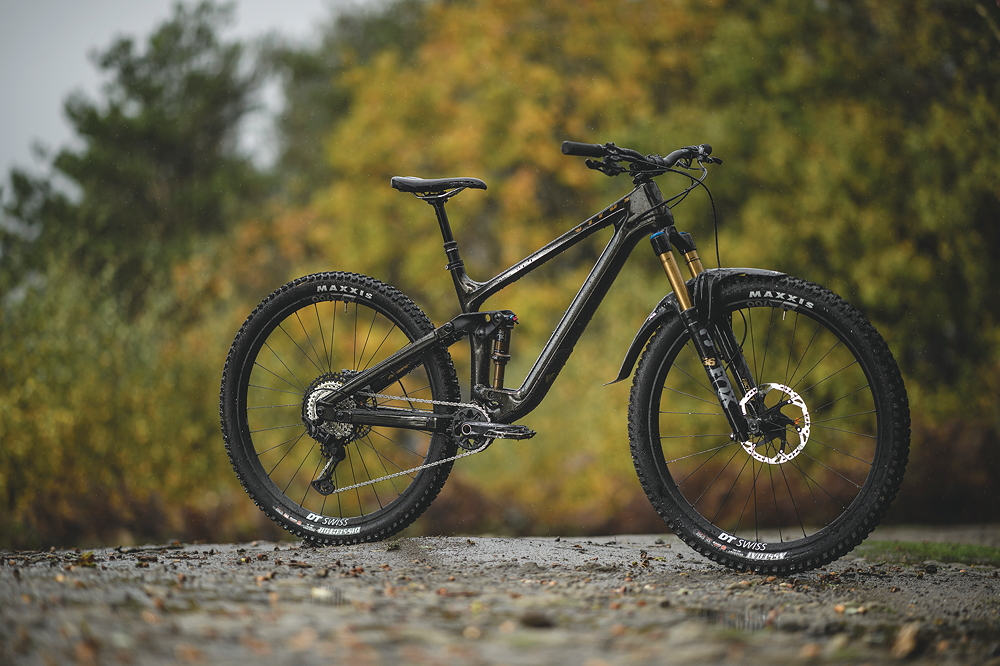
Understanding Hardtail Suspension on Mountain Bikes
Cycling has been one of the most popular activities for both men and women since the invention of the very first bike at the beginning of the 19th century.
As technology has improved and the demands of riders, both casual and serious, have become more intense and varied, so have the ranges of options available for all types of bikes, whether road bikes or mountain bikes.
Although cyclists can buy a mass manufactured bike off the peg quite easily, with a set of predetermined features and specifications, it is also increasingly easy for cyclists to find exactly the right sort of bike for their demands and needs by purchasing a handmade alternative.
Customers can choose a wide range of different variations, particularly in terms of frame, gearing, brakes and suspension. According to RSD, hardtail is a great bike.
This article will consider the two different types of suspension – full suspension and hardtail suspension – particularly focusing on hardtail suspension – what it is and what riders need to know before choosing a bike that is most suitable.
The article will also look at the benefits of having a handmade, rather than machine made hardtail bike.

What is Suspension
Riding a bike can be a painful experience if the bike is not designed and built in such a way as to offer protection and comfort for the rider. Consider the fact that a rider will spend much of their time sat on a saddle and with their feet on the pedals. This means that every moment that the bike makes over the terrain is exaggerated through the body, and so the body needs protection from the worst of that movement.
The role of suspension on a bike is to insulate and protect the rider from the rigours of riding on the bike by ‘suspending’ them in such a way that the bike takes much of the shock caused by the movement of the bike over the terrain and taking that shock away from the rider where possible.
Although suspension has developed much technologically, in most cases this means a combination of types of suspension, perhaps with shock absorbers similar to that found in a car, over the front and rear wheels of the bike.
There are two main types of suspension:
Full suspension – A bike built with full suspension will have suspension for both the front and rear wheels. This provides maximum support and protection from movement. This will usually be in the form of a shock absorber, although other suspension methods are available.
Hardtail suspension–A bike built with hardtail suspension will only have suspension available on the front of the bike, and not suspension on the rear. Again, the front suspension is likely to be in the form of a shock absorber, although other suspension methods are available.
You may have deduced from the above descriptions that Hardtail is so-called because the rear (the tail) of the bike is hard because it has no suspension.
Commonly, mountain bikes in the past did not have suspension on the front or the rear and both the back and front of the bike were rigid. However, over time more mountain bikes were built with a front suspension (hardtail) in order to provide protection in particular for the arms of a rider. Nowadays many riders will have the choice between a full suspension bike or a hardtail suspension bike.
Hardtail versus Full Suspension
To a certain extent, the choice between hardtail and full suspension is a personal one. One advantage of hardtail bikes, and this is particularly the case for handmade bikes, is that they can often be made lighter than full suspension bikes, due to having fewer parts.
Lighter bikes are often more manoeuvrable and generally less effort for the rider. This can be an advantage when navigating complex or rough terrain, giving the rider more flexibility.
Because hardtail bikes will have fewer moving parts, they can be cheaper and easier to maintain than full suspension, and there is less opportunity of something going wrong whilst out on a ride.

The Benefits of Handmade Hardtail Bikes
It is also important to consider the benefits of having a handmade bike. Although there are many different bikes on the market that are premade and preconfigured with particular sizes and specifications, simply put there are more body sizes and types than there are bike sizes and types.
This means that almost whatever size of bike a rider buys if premade, there is a good chance that it will be a compromise in terms of size and comfort, as it will be made to a generic template that individuals may not be able to fit exactly.
However, a handmade bike can take into account a wider range of personalised factors. These would include: length of legs (vital for getting the right combination of seat height and extension on the pedals to maximise muscle usage), distance of seat from the handlebars based on arm length, and even the distance between the front and rear wheels.
As handmade bikes are often made much slower, it also means that any defects or problems are easier to spot than in an automated manufacturing process, often with a stricter and longer testing regimen for completed bikes, meaning that handmade bikes are usually of a higher quality than their mass-manufactured counterparts.
This means that cycling will generally be an easier and more efficient process for the rider, rather than struggling with a bike that is not the right size or type for them. This is particularly true for riders who are after a handmade hardtail bike, as this means the configuration of the bike to the rider’s needs and dimensions will maximise the affect of the front suspension and the rear hardtail, ensuring a ride that is as smooth and comfortable as possible.
Summary
A handmade hardtail bike is a serious prospect for any discerning bike rider, combining the personalised touch that enables comfort and efficiency as well the discerning professionalism of a high-quality handmade product to enjoy for years to come.

